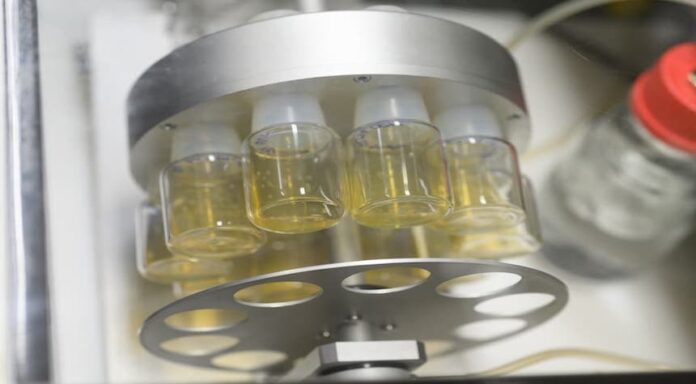This is an amazing story about how science has advanced and the capabilities it has given humans. This story is amazing and unheard of. However, I worry about artificial mice or embryos being created without sperm or eggs. This is not God’s plan and all human beings and creatures came to this world through the reproduction of a woman and a couple.
Israeli stem cell researchers have created artificial mouse embryos from sperm and eggs and then placed them in an artificial womb for eight consecutive days. This opens up a new realm of science that could be used to create human replacement organs.
Scientists involved in the research stated that the objective is not to create babies or mice outside of the womb but to increase our understanding of embryo development and use this knowledge to help people heal.
Scientists at the Weizmann Institute of Science made synthetic embryos from embryonic stem cells. These embryos closely resembled real mice embryos. They had rudimentary beating hearts and blood circulation. After eight days, the embryos of mouse mice died.
This breakthrough, which has been a decade in making, is in a field that is crowded with efforts from other researchers to create embryo models using human and mouse cells. These models can be used by scientists to examine the early stages of embryonic growth and how organs develop.
However, as models become closer to the real thing they open up ethically murky territory. At what point do synthetic embryos become so similar in appearance to real embryos that they are subjected to protections similar to those used for real embryos?
Alfonso Martinez Arias (a development biologist at Pompeu Fabra University, Barcelona) said that “this is an important milestone in our understanding of how embryos build themselves.” He did not participate in the research but sent an email. The experiment was a “game-changer,” he said.
Monday’s publication in Cell shows that the research is far from allowing a woman to grow a mouse or a human outside of her womb. Although it was a proof of concept that an embryonic stem cell could be used to create a complete synthetic embryo, the process was fraught with errors. Only a fraction of embryos went on to develop the beginnings of a heartbeat and other organs.
The synthetic mouse embryos were very similar to the natural ones, but they did not produce pregnancies in real mice. Jacob Hanna, the Weizmann Institute of Science stem cell scientist, led the research.
Henry T. Greely, a Stanford Law School bioethicist, said, “It’s an intriguing next step, not surprising, but one which makes more plausible in long-term a proposition that has broad implications: The possibility of turning any mice cell into a live mouse,”
Researchers said that the research raises the possibility of creating a human-made synthetic embryo. This is similar to other recent studies. It also makes it necessary for society to continue discussing how these entities should be managed. The International Society for Stem Cell Research lifted a 14-day-old rule that allowed researchers to grow natural embryos in a laboratory for 14 days. This allowed researchers to request approval for more extensive studies. It is illegal to implant human embryo models into a uterus.
Alex Meissner, a Max Planck Institute for Molecular Genetics stem cell biologist, said that the mouse is a good starting point for thinking about how to approach it in humans. It’s okay to not be panicked or alarming, but it’s important that we have parallel discussions about how far we’d like to go.
Hanna stated that he hopes that the technology can be used to replace reproduction, but instead as a means to create synthetic embryo models of human embryos that could lead to organ precursors that could then be studied and possibly used therapeutically.
Stem cell therapy has been a way to repair the body’s tissues for decades. Stem cells can be transformed into any type of tissue or organ. This makes it attractive to use stem cells to treat spinal cord injuries, repair damaged hearts, or even cure diabetes. It has been difficult to turn those cells into functional, complex tissue. Hanna hopes that early development will reveal important clues.
Hanna stated that “our goal is not to make pregnancy outside of the uterus,” regardless of whether it’s mice or any other species. “We have real difficulties making organs. We need to understand how stem cells work in order to make organs. This is because the uterus, which is opaque and black, is what we started with.
Renewal Bio is a company Hanna founded that will use the technology for therapeutic purposes. One possibility is to use skin cells taken from women with fertility issues to reprogram them to create stem cells, then grow synthetic embryo models that could produce eggs.
Some women will do whatever it takes to have children. But, I don’t believe this is God’s plan and he is the only person who can give and take away of life. I think this could end in a very negative way because God is the creator and he has nothing to do with this new process of creating life.




